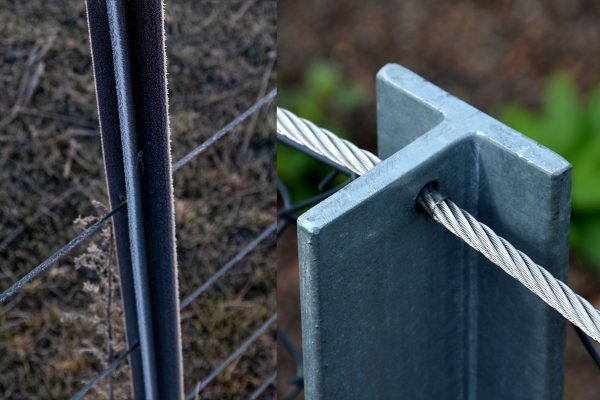Posts anchor the entire structure and provide the foundation that determines the strength and durability of your fence. The material, construction, and maintenance of your enclosure all contribute to how long it lasts. If you have an existing wooden post or are considering installing one, this article aims to guide you on how to optimize its lifespan.
Fence posts should always be pressure treated to strengthen and protect the wood from moisture, fungi growth, insect infestation, and other elements which lead to decay. Waterproofing, sealants, and paint help prevent premature rotting.
Wood is a natural fencing material, that makes it relatively weaker in composition compared to steel, iron, or other prefabricated materials. Due mainly to its appearance, wood is still preferred and used by most. There are several ways to strengthen and prolong wooden posts, so keep reading to learn more!
![Long wooden cedar fence on the empty street, Should Fence Posts Be Pressure Treated? [And How To Prevent Rotting]](https://fencefixation.com/wp-content/uploads/2022/05/Should-Fence-Posts-Be-Pressure-Treated-And-How-To-Prevent-Rotting.png)
What Is Pressure Treatment

Pressure treatment is a process wherein chemicals are introduced into the wood material in order to strengthen its composition. Each substance has special properties which prevent the wood from natural deterioration. The following is an overview of the process and the most common chemical agents used.
Initially, raw lumber is placed in large horizontal cylinder tanks, about 100 feet long and eight feet in diameter. They are then flooded with wood preservatives followed by a cycle of alternating vacuum and pressure.
After air and moisture are drained from the cylinder, pressures of up to 140 to 150 pounds per square inch, lasting several hours, are introduced into the tanks. This is designed to compress the cylinder's internal environment and force the chemicals into the wood material, hence the term, pressure treatment.
Once the pressure time elapses, the preservative is drained and excess chemicals are vacuumed from the timber's surface.
The main purpose of the chemical used in pressure treatment is to coat the wood against moisture, repel insects and prevent the growth of fungi. Some properties, however, may be harmful to humans. It is best to be aware of the kind of preservatives your wood was treated with.
Coal Tar Creosote
Coal tar creosote is the most commonly applied substance mainly because it penetrates deeply into the wood and remains for long periods. Prolonged exposure may prove toxic so creosote-treated wood is recommended for heavy-duty outdoor purposes only. Fence, rail ties, and utility posts are some of their more applicable uses.
Pentachlorophenol (PF)
Pentachlorophenol (PF) is another common preservative used in wood treatment. It is safe for interior application but might not suffice for direct ground contact.
Copper
Ammonium Copper Zinc Arsenate (ACZA), Ammoniacal Copper Arsenate (ACA), and Chromated Copper Arsenate (CCA) are water-based agents widely used by wood manufacturers also due to their deep and lasting penetration characteristics.
CCA-treated wood is not suitable for residential purposes because of health issues but could be utilized for outdoor construction.
Newer types of treatment include Alkaline Copper Quaternary (ACQ), Copper Azole (CA), and Micronized Copper Quaternary (MCQ). These chemicals use copper, which is highly resistant to weathering, to bond deeply with wood fibers to prevent rot and degradation against moisture, fungi, and insects.
Changes in composition and adjustments in chemical ratio make them safer yet equally effective in preserving the wood matrix.
Advantages Of Pressure Treatment
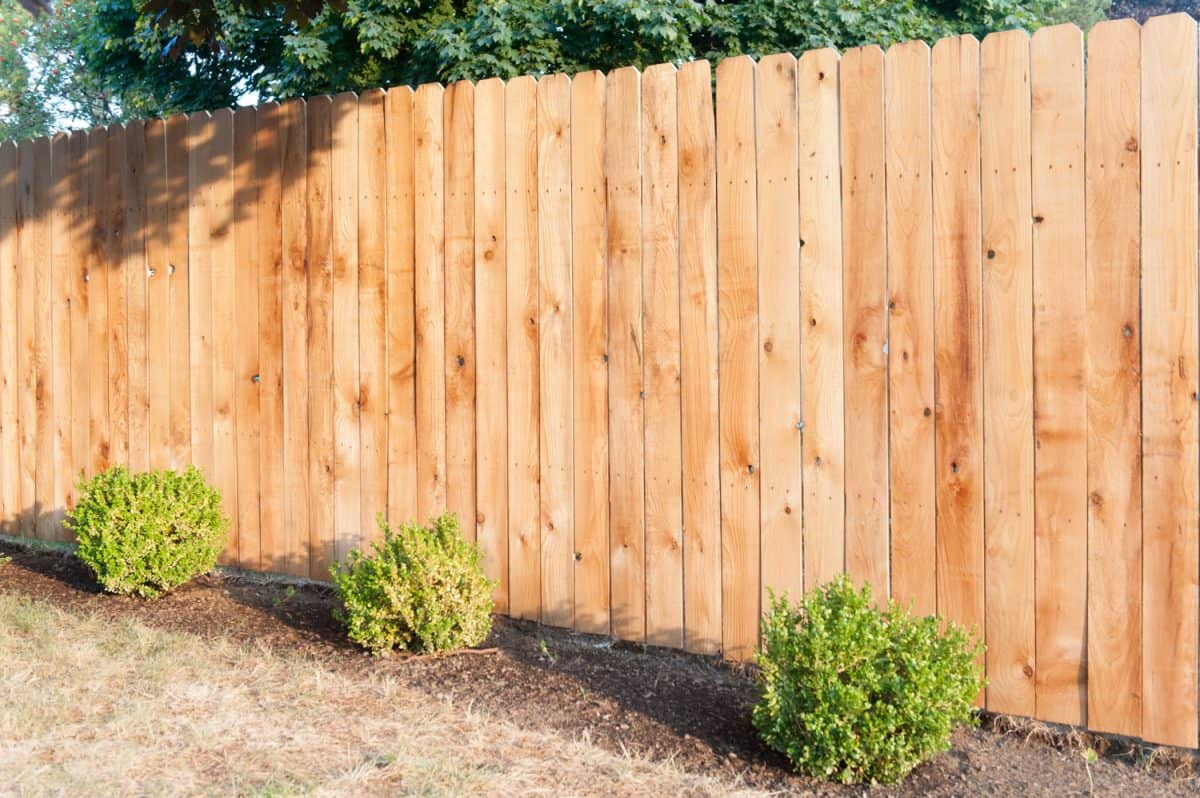
Pressure-treated wood lasts longer despite moisture or humidity, insect infestation, fungal growth, and soil exposure. The chemical preservatives act as barriers against the elements and prevent early rotting or decay.
Moisture
Raw or untreated wood is porous to some degree, making it susceptible to moisture penetration. Excessive water content causes the material to swell and disfigure. When the weather becomes hotter, evaporation occurs and shrinks the wood fibers.
This cycle weakens the integrity of the cellular components of your lumber since it undergoes shrinkage and expansion regularly. Your posts take a high toll on punishment in extreme weather; summer heat, prolonged rain, or snow tend to weaken the wood.
Pressure treatment provides protection and keeps moisture out, and prolongs the lifespan of your posts.
Insect Infestation
Wood is a natural and preferred habitat for insects since the material provides food and natural habitation for ants and termites. They lay eggs and reproduce rapidly on untreated or unprocessed wood.
They may reduce the posts' lifespan drastically from several months to two or three years. Wood preservatives are chemically engineered to repel and prevent the proliferation of insects. Even when used outdoors, pressure-treated lumber can last up to 40 years.
Fungi Growth
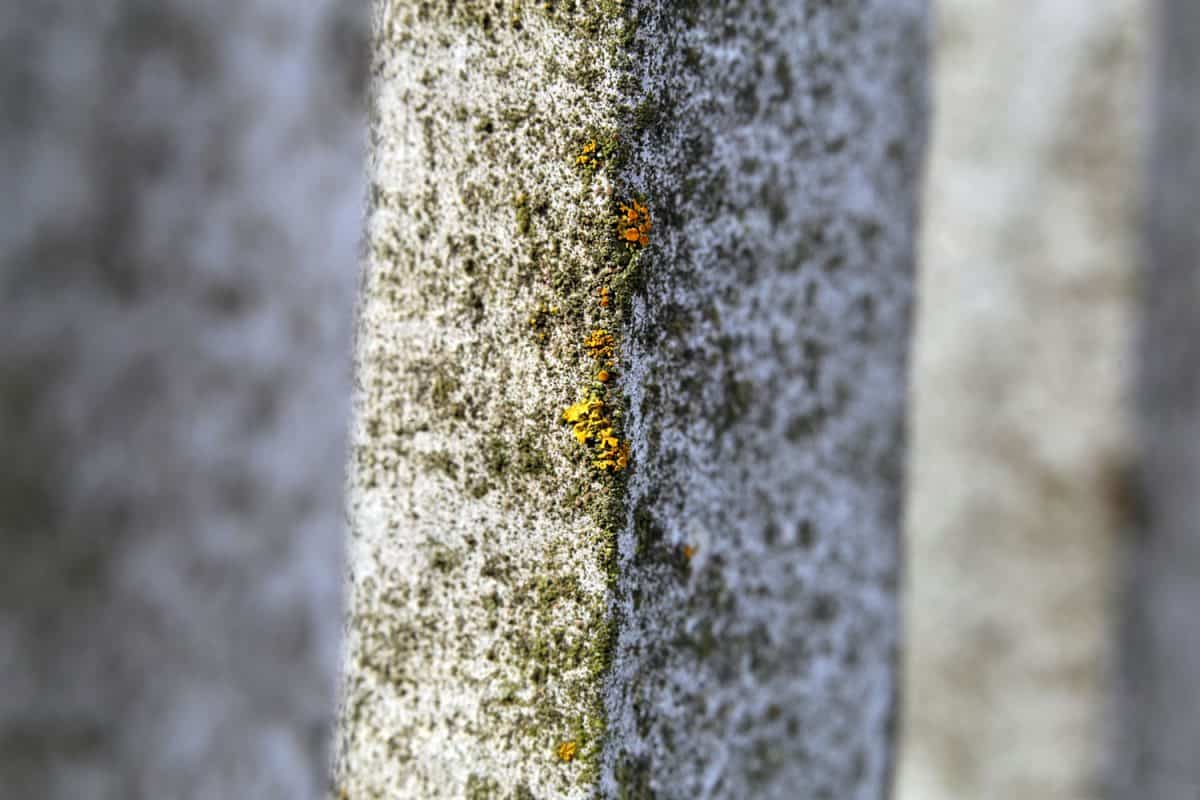
High humidity and moisture usually allow fungi, which is another type of wood parasite to grow and thrive. Initially, they appear as dark greenish or brownish spots of discoloration which gradually develop into larger and more noticeable patches.
Over time the spread of fungi can cause the wood to shrink and crumble and eventually decay. Since pressure-treated wood is protected from moisture, fungi growth is inhibited.
Can You Do Pressure Treatment On Your Own?
If your posts are already constructed or have raw materials ready for use, you can still treat them minus the pressure. The overall effect will not be as potent but the wood will considerably gain improved strength and quality.
The list of more recent or newly formulated preservatives you could consider is mentioned in the previous text, the method of application is as follows:
Since you opted to treat the wood yourself, brushing and spreading is the simplest way. Clean and, if necessary, sand the area of application. Using a paintbrush or cloth, apply a thin layer of preservative evenly on all surfaces. Allow enough time for the chemical to seep into the grain before adding an additional coat.
Spraying or immersion would require special equipment and large amounts of preservatives and is a more complicated and costly process. If you possess the right tools and enough chemicals, it is a more advisable option.
Spraying distributes the treatment more evenly and the mist it produces penetrates the wood more effectively.
Other Ways To Protect Posts Against Rotting
Wood is a popular choice for building material due to its natural look, versatility, and easy workability. The main disadvantage, however, is that it rots over time, especially when used outdoors. There are several ways to protect your wooden posts from decay and prolong their use.
Paint

Paint is the most basic way to protect the wood from premature or early wear. Aside from creating a protective layer against the elements, paint beautifies and improves appearance.
Water or oil-based paints are alternatives but acrylic paint may be your best choice. Acrylic acts as a binding agent between the paint and the wood resulting in better adhesion, durability, and lifespan.
Clean the area and sand lightly, then apply a primer to prepare the surface for painting. After drying, add the desired number of coats to your post.
Check out Majic Paints Latex on Amazon.
Sealers
Wood sealers contain plastic or acrylic-based compounds which encapsulate the wood from the surface up to a certain depth.
The penetration will depend on the material you have, for instance, softwood is more porous and will allow the sealer to soak deeper and result in better protection. It holds up relatively well against moisture, changes in the weather, and wood parasites.
For best results, clean the surface and perform light sanding to expose the grain. Apply the sealer, let dry, then add additional coats to further strengthen the wood. It is recommended to repeat the treatment every two to three years.
Varnish Or Wood Stain
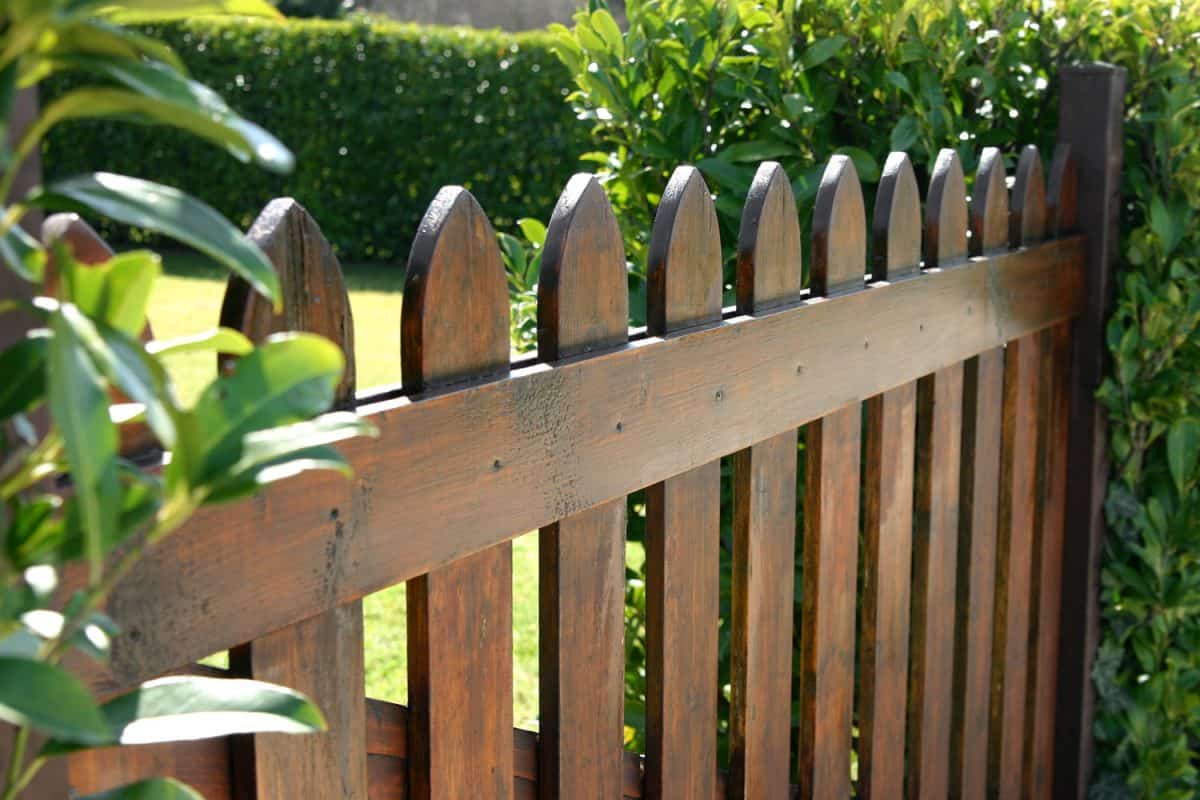
Varnishes protect the wood material adequately and give it an attractive finish. They do not soak into the wood like sealers, but rather, create a watertight coating that prevents moisture from penetrating.
Application is similar to sealers and more layers of varnish would result in a tougher laminated surface. They may fade after a few years but still retain the protective property, simply apply another coat or two to regain the gloss.
Sealer-Stain Combination
There are several products that contain both sealer and stain in a combined mixture.
Basically, you are sealing and adding a surface finish in one step. The sealer penetrates the wood while the stain strengthens the exterior or covering.
The result is a structure that is durable and resistant inside and out. Combination products are applied the same way but may require longer drying periods between coats.
Oil Finish
Long before the production of sealants and plastic-based compounds, wood was treated with an oil finish. Linseed oil was the most preferred oil due to its properties.
It seeps into the grain of the wood and creates a waterproof surface and incidentally enhances the appearance. Oil does not penetrate as deeply as other compounds and may have to be retouched or reapplied yearly.
In Closing
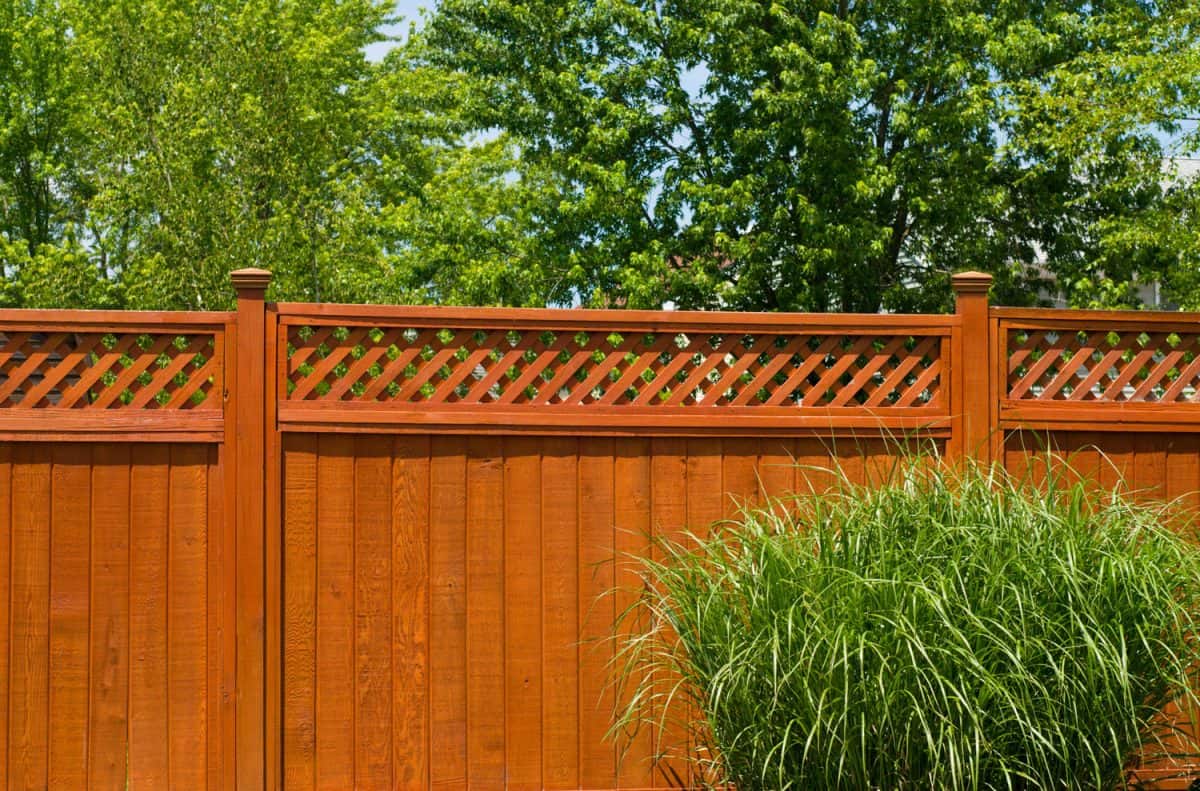
Fence posts should always be pressure-treated because it will ensure the wood's durability and longevity. We hope you have found this article helpful and informative.



